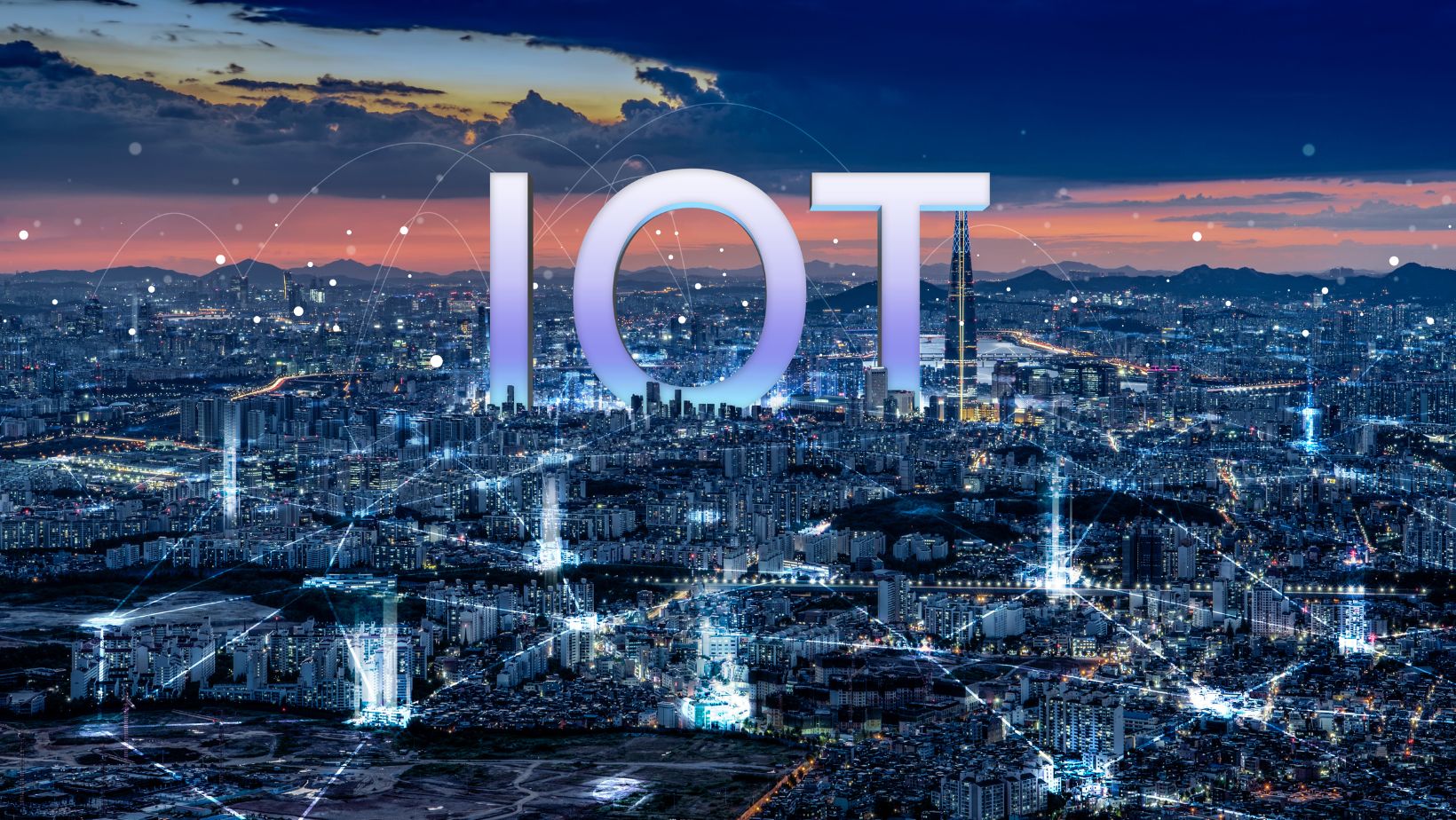The Internet of Things (IoT) is undergoing rapid growth. The number of connected devices by 2030 is expected to reach 29 billion, up from 9.7 billion in 2020. Among the main drivers of this expansion is the development of 5G networks.
5G, or fifth generation of cellular mobile communications, is set to transform the IoT market. This is because 5G will significantly improve the performance and reliability of connected devices. This article discusses the impact of 5G on IoT development, focusing on data transfer speeds, network reliability, and testing advice.
Greater Network Reliability
Speed is important, but so is reliability. 5G networks will offer more reliable connections, which is crucial for IoT devices. A stable connection is essential for devices such as security cameras, smart locks, and other monitoring systems that depend on real-time updates.
One of the main advantages of 5G is its ability to handle more connected devices at once. As more devices connect to the network, the probability of interference or network congestion increases. However, 5G is designed to manage this increased load. It provides a stable connection even in environments that are crowded.
This reliability will be particularly important in critical applications like healthcare, where a dropped connection could have serious consequences. With 5G, users can trust that their IoT devices will stay connected when they need them the most.
Other sectors that will benefit from this fast connectivity are online casinos, especially live casinos. This is because they rely on reliable connections to stream the live games in HD. Thus, players can enjoy their favorite live table games and live game shows in high-quality streams. Moreover, 5G will benefit casino players in remote areas by providing access to real money casinos without lags or downtime. As such, these players are assured that their transactions are processed fast and the games run smoothly across multiple devices.
Data Transfer Speeds
The success of any IoT device depends on how well it can communicate with other devices. This communication happens through data transfer. With 5G, data transfer speeds will be much faster than ever before.
Reports suggest that 5G will be up to 10 times faster than the current LTE networks. This speed increase means that IoT devices will be able to share data quickly. Faster communication will enhance the performance of IoT devices, making them more efficient. For example, smart home devices will respond more quickly to commands, and health monitoring devices will send data to doctors in real-time.
The increased speed will also enable the development of new IoT applications that require real-time data processing. These could include advanced driver-assistance systems (ADAS) in cars, where every millisecond counts. There are multiple possibilities with 5G.
IoT Testing Advice
As IoT devices become more complex and widespread, testing them becomes more challenging. To ensure that IoT devices perform well in a 5G environment, here are some testing strategies.
Expand Test Coverage
The first step in IoT testing is to expand test coverage. IoT devices need to be compatible with a wide range of smartphones, tablets, and other devices. This is because users will be connecting to them from different types of devices with various operating systems and hardware.

Due to this fragmentation, it’s essential to test the IoT device across multiple configurations. By doing so, developers can identify bugs that may arise from differences in device specifications. Testing on a broad range of devices will help ensure that the IoT device works well for all users, regardless of the device they use.
Test from All Angles
IoT testing should not be limited to just one aspect. It is important to test the device from various angles. This means checking not only the hardware but also the software that interacts with it.
For example, if an IoT device relies on a mobile app, both the device and the app need to be tested together. This includes testing how well they communicate with each other and how they perform under different conditions. Testing the usability of both the device and the app is also crucial. This comprehensive approach will help identify issues that may not be apparent when testing only one part of the system.
Test Bluetooth and Wi-Fi Connections
Many IoT devices connect to other devices using Bluetooth or Wi-Fi. Testing these connections is crucial to guarantee that the IoT device can connect and stay connected.
Bluetooth connections, in particular, can be tricky. Sometimes devices struggle to pair with each other, or the connection may drop unexpectedly. Testing should verify that the IoT device can connect to smartphones and other devices via Bluetooth and Wi-Fi without issues.
If an IoT device cannot maintain a stable connection, it becomes less useful. Imagine a smart thermostat that loses connection to its app every few minutes. Users would find it frustrating and might stop using it altogether. Proper functional testing of these connections will help prevent such problems and ensure that the IoT device delivers a seamless experience.
Conclusion
The launch of 5G networks will certainly have a profound impact on the development of IoT devices. With faster data transfer speeds, greater network reliability, and the ability to handle more connected devices, 5G will enable the creation of more advanced and reliable IoT applications.

However, as IoT devices become more complex, thorough testing will be more important than ever. Expanding test coverage, testing from all angles, and verifying Bluetooth and Wi-Fi connections will be key to ensuring that IoT devices work well in a 5G environment.
In summary, the combination of 5G and IoT holds great promise for the future. These technologies continue to transform and will create new possibilities. They will also influence how we interact with the world around us.



